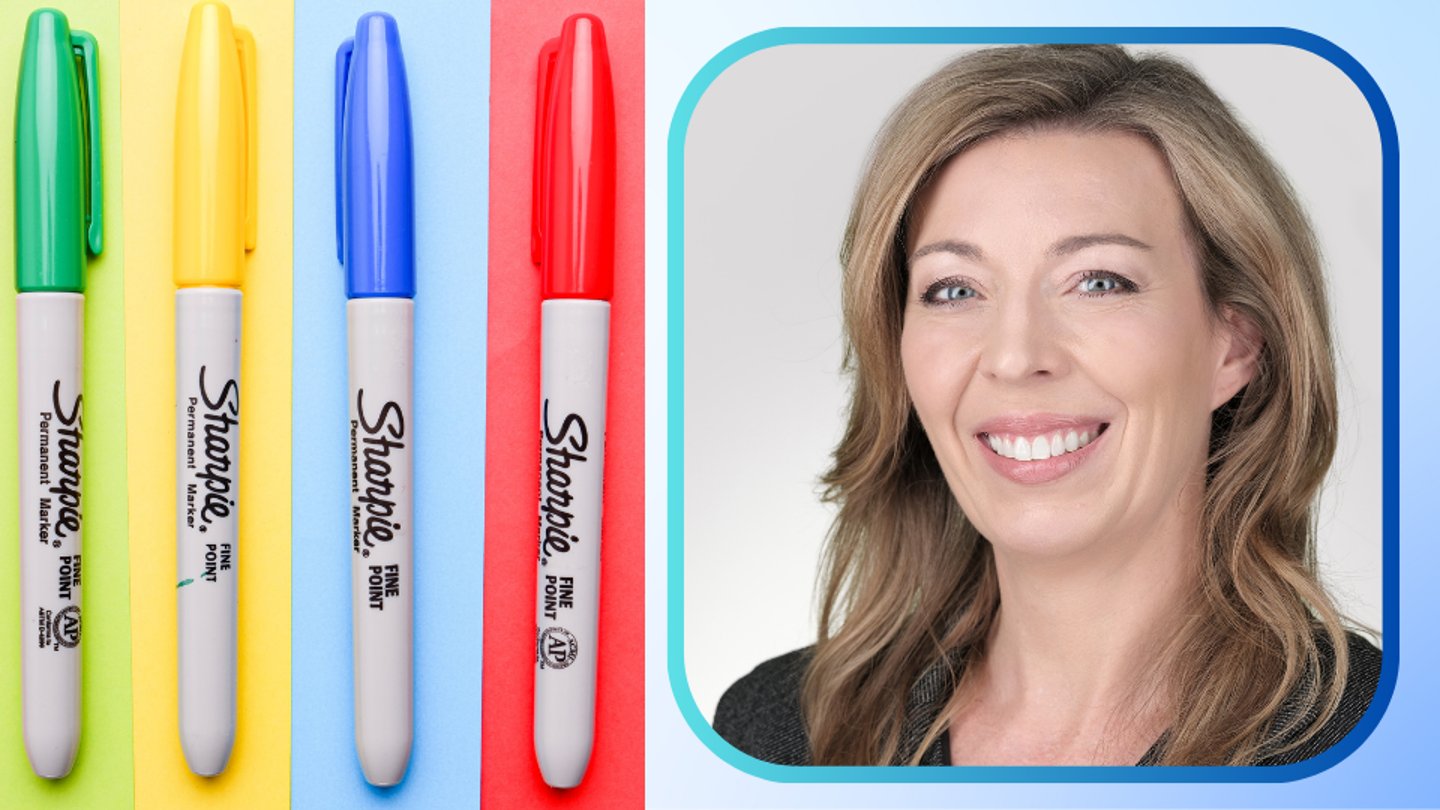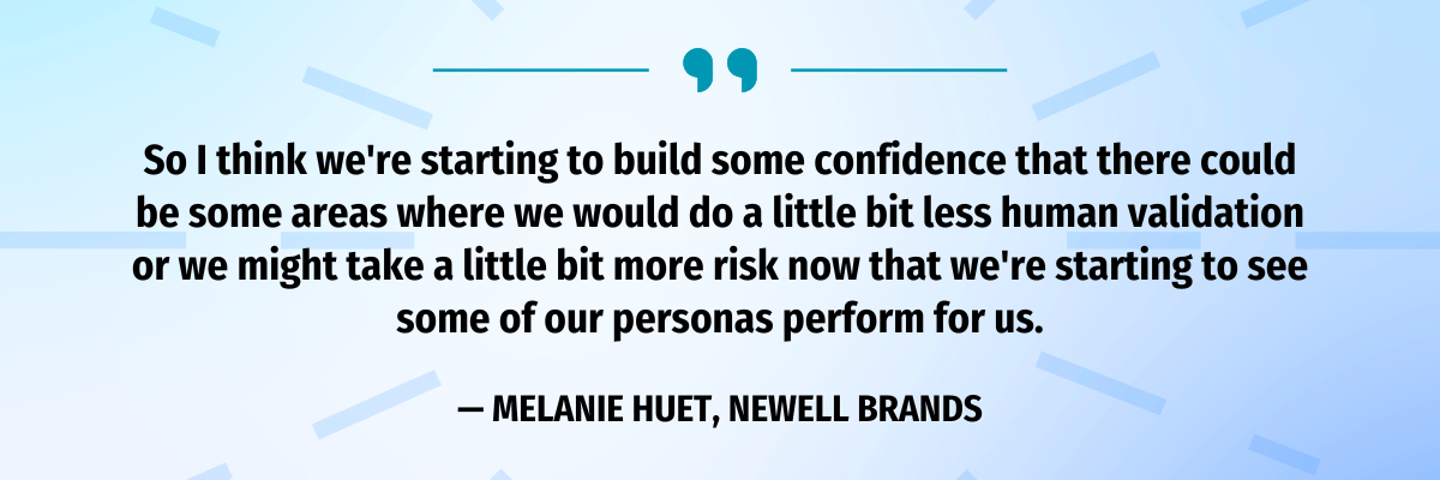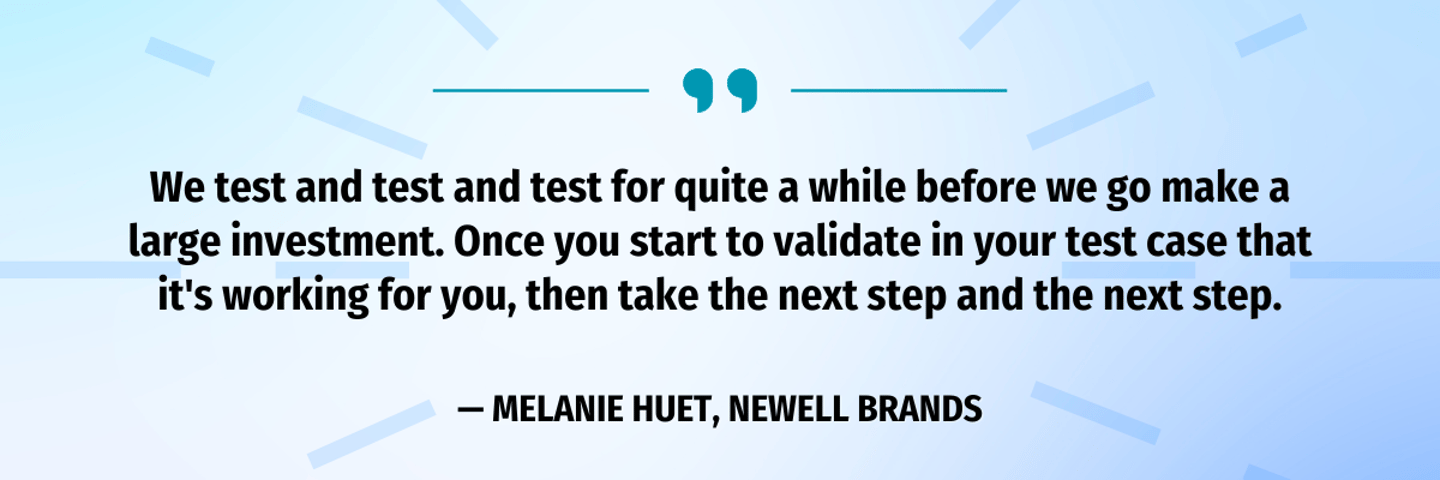AI as an Accelerant: Newell’s Strategy for Driving Expedited Innovation
Newell Brands, much like other CPGs, faced a critical juncture. The company had to choose between clinging to the embers of outdated technology, and facing a mountain of tech debt, or fueling the fires of innovation with modernized operations to stay ahead in a competitive marketplace. This year, the company took the jump to innovation.
The company’s president of brand management and innovation Melanie Huet tells CGT that it was an easy decision to embrace artificial intelligence as a way to leapfrog these obstacles in an affordable and quick way.
Huet is tasked with overseeing global innovation for Newell’s 60-plus brands. She directly heads the central marketing function, which encompasses media, advertising, packaging, industrial design, and more — many of which have been touched by AI, particularly in 2024.
Also read: Newell Restructures to ‘Unlock Operational Efficiencies’
Igniting Transformation With a New Approach to Data
The initial challenge revolved around data. Manual reporting and retrieval systems clogged up operations and made it nearly impossible to efficiently and effectively transform consumer and business insights into actionable strategies.
“We had a lot of reporting and information across our company, but like a lot of companies, we were falling into the trap of not knowing what we know,” she says.
Due to different reporting and archival systems, if someone didn’t have the precise file name and location, it became a problem. “You weren't going to be able to pull up the research file and so therefore it put a heavy burden on personnel within the insights team to facilitate sharing of the data.”
Symbolically, Newell’s data was locked behind a big steel-padded door with a padlock on it, says Huet.
First attempts to solve the problem included a more traditional approach to bolstered file-sharing systems, but that didn’t quite work. It was expensive and could have a potentially murky result, so Newell decided the next approach would center around AI.
The company partnered with Stravito to launch its iHub in March, giving it access to a Google-like interface where Newell employees could simply search phrases — such as “tell me what we know about coffee drinkers” or “tell me what we know about pens” — to pull up global insights from its data pool.
In addition to reducing silos, Huet says the biggest unlock was being to share insights across the world. This has saved thousands of dollars, creating new jobs to manage the system, and creating new efficiencies so Newell employees could focus on analyzing and mining insights rather than manual reporting.
AI Fuels the Fires of Innovation
Since then, the company has launched over 100 different use cases with AI, including synthetic personas.
The virtual focus groups, also created in March, help Newell get a sense of public perception before having to validate it with human opinion. For example, Newell tested ideas for different colors of Sharpie, or different uses such as journaling or other writing, on these synthetic individuals first, finding it was a strong gauge of real-world consumer opinion, particularly among younger, under-40 generations.
Other uses include AI-driven brainstorming within the claims process and concurrent packaging testing in the U.K. and the U.S. with both humans and AI providing feedback. The company is finding that much of the human insight received matches nicely with what AI is spitting out — and AI gets it done in just a couple of hours.
“I think we're starting to build some confidence that there could be some areas where we would do a little bit less human validation or we might take a little bit more risk now that we're starting to see some of our personas perform for us,” she says.
Newell is also expediting speed to market this year within product development, using AI to generate text-to-images in mere seconds. Creating images and sketches in the ideation stage previously took the company weeks to complete. Huet also reports improved quality as a whole.
Overall, automation has reduced the complexity of operations, removing entire days from workflow cycles to free up time for more value-added tasks.
Containment Strategy: Guardrails for AI
The company has installed systems to keep AI in check, including a steering committee created in Q3 of 2024 that provides oversight on all things AI to legal guardrails and ethical considerations.
Led by CEO Chris Peterson, the cross-functional group is composed of executive committee members and a few other AI subject matter experts. It is responsible for screening ideas for AI use and checking against compliance checklists to ensure use cases are the right fit and align with company goals.
At the core: AI is not a replacement for human effort but an accelerant, says Huet.
Strategic Implementation Requires a Controlled Burn
While there are moments in which Newell is comfortable simply leaning into AI investments — as it did with an expanded partnership with Adobe through Firefly AI — the company’s process is often much more drawn out.
With Firefly, says Huet, Newell had been familiar with the platform for over a year and had put a lot of resources behind it. However, her overall advice is to test and learn.
“We test and test and test for quite a while before we go make a large investment,” she says. “Once you start to validate in your test case that it's working for you, then take the next step and the next step.”
One of the benefits in this space is that many AI technologies are available for free or low-cost trialing before having to make a large, sizeable investment, she says, adding that many technology partners are also willing to spend time on pilot periods.
“I think you can mitigate a lot of the risk through testing upfront, and right now, the industry seems to be open to it."







